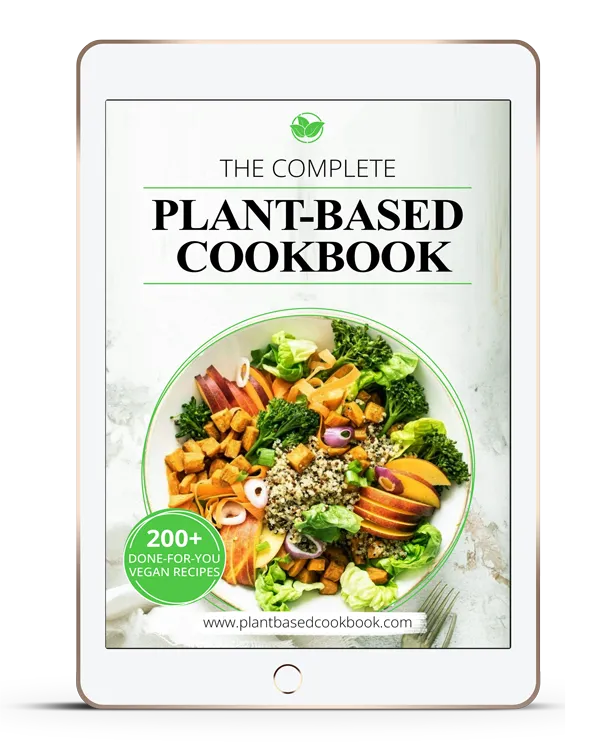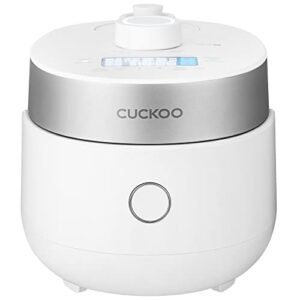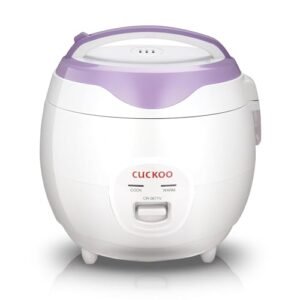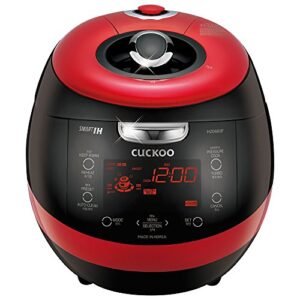In this article, we’ll be comparing brown rice vs parboiled rice, two popular options that many people are often confused about. We’ll take a closer look at the nutritional value, cooking methods, and taste of each to help you decide which one is the better choice for you.
Table of Contents
ToggleNutritional Value: Brown Rice vs Parboiled Rice
Brown rice and parboiled rice both have their advantages when it comes to nutritional value.
Brown rice is usually considered the healthier choice because it is a whole grain that retains its bran and germ layers, which are packed with essential nutrients like fiber, vitamins, and minerals. The bran layer, in particular, contains high levels of antioxidants that can help protect your body against disease.
Parboiled rice, on the other hand, is partially processed, but it still has a higher nutritional value than white rice.
During the parboiling process, the rice is steamed under pressure, which allows the nutrients from the bran and germ layers to move into the starchy endosperm, making it a healthier option. Also, parboiled rice has a lower glycemic index than white rice, which means it can help regulate blood sugar levels.
Which One Tastes Better?
Of course, it this comes down to personal preference but, when it comes to taste, brown rice and parboiled rice have quite different flavors and textures.
Brown rice has a nutty flavor and a slightly chewy texture, while parboiled rice has a milder taste and a firmer texture. Brown rice has a more distinct flavor, which can overpower some dishes but this makes it a better option for dishes where you want the flavor of the rice to shine through, like in a rice bowl or stir-fry.
On the other hand, parboiled rice is more neutral and works well in a variety of recipes. Its firm texture also makes it an excellent option for dishes where you want the rice to hold its shape, like in a salad or stuffed peppers.
Health Benefits of Brown Rice vs Parboiled Rice
Both brown rice and parboiled rice have a range of health benefits.
Brown rice is a whole grain that contains essential nutrients like fiber, vitamins, and minerals. The fiber in brown rice can help lower cholesterol levels, reduce the risk of heart disease, and aid in digestion. Brown rice is also a good source of antioxidants that can help protect your body against disease.
Parboiled rice, on the other hand, has a higher nutritional value than white rice, making it a healthier option.
Importantly, parboiled rice has a lower glycemic index than white rice, which means it can help regulate blood sugar levels. It’s also a good source of complex carbohydrates that can provide sustained energy throughout the day.
Which One is Better for Weight Loss: Brown Rice or Parboiled Rice?
As you mijght expect, both brown rice and parboiled rice are highly beneficial for weight loss.
Because brown rice is a whole grain that contains fiber, it can help you feel full and satisfied after eating and it’s also a good source of complex carbohydrates that can provide sustained energy throughout the day.
Parboiled rice, on the other hand, has a lower glycemic index than white rice, which means it can help regulate blood sugar levels and prevent spikes and crashes in energy. It is also a good source of protein, which can help you feel full and satisfied after eating.
So, when it comes to weight loss, both brown rice and parboiled rice can be good options but, no matter which you choose, it’s important to keep in mind portion control and the overall calorie content of your meals.
Frequently Asked Questions (FAQs)
Q: Is brown rice or parboiled rice better for you?
A: Both brown rice and parboiled rice have their advantages. Brown rice is considered the healthier choice as it is a whole grain and retains its bran and germ layers, which contain essential nutrients like fiber, vitamins, and minerals. Parboiled rice, on the other hand, has a higher nutritional value than white rice and is less likely to stick together.
Q: Which one tastes better, brown rice or parboiled rice?
A: The taste of brown rice and parboiled rice is subjective and depends on personal preference. Brown rice has a nutty flavor and a slightly chewy texture, while parboiled rice has a milder taste and a firmer texture.
Q: Can you use brown rice and parboiled rice interchangeably in recipes?
A: While you can use brown rice and parboiled rice interchangeably in some recipes, it’s important to keep in mind that they have different cooking times and textures. Brown rice takes longer to cook and requires more water, while parboiled rice cooks faster and requires less water.
Conclusion: Which One Should You Choose?
In conclusion, both brown rice and parboiled rice are nutritious and delicious options for your meals.
Brown rice is considered the healthier choice as it is a whole grain and retains its bran and germ layers, which are packed with essential nutrients.
Parboiled rice, on the other hand, has a higher nutritional value than white rice and is less likely to stick together. When it comes to taste, it’s a matter of personal preference. Whether you choose brown rice or parboiled rice, make sure to incorporate it into your meals for a healthy and tasty addition. Just remember to be mindful of portion control and the overall calorie content of your meals, especially if you’re watching your weight.





